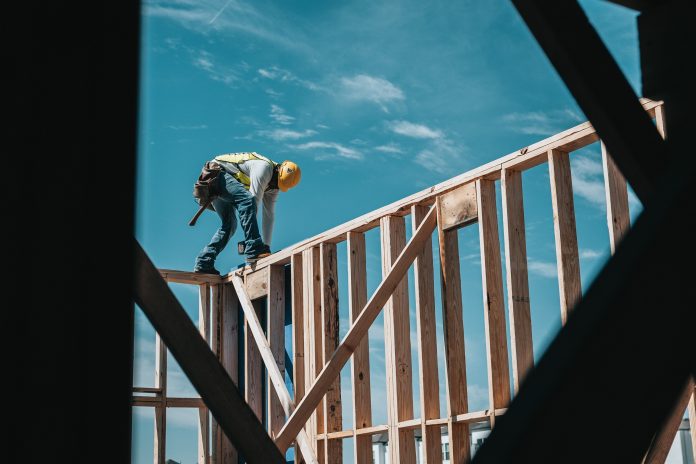Ontario’s property inventory continued to grow in 2022, with more than $37.8 billion in new assessments, which includes new construction and improvements to existing properties. Residential homes made up over $28.6 billion of the increase, while commercial and industrial properties comprised $4.6 billion.
The assessed value of Ontario’s 5.5 million properties is now estimated to be more than $3.08 trillion. MPAC summarizes these changes in the annual assessment rolls that they deliver to Ontario’s municipalities.
For the year, Ontario added more than 48,000 residential homes. While the number of new detached homes increased 10.5% year over year (25,727, up from 23,279), the number of new residential condominiums dropped by 37.4% (7,097, down from 11,331). There was also a small increase in new townhouses, coming in at approximately 1.3% (10,484, up from 10,350).
“The slowdown we see in new residential condominiums is attributed to construction delays arising from changing economic considerations and supply issues,” said Nicole McNeill, President and Chief Administrative Officer. “Despite this slowdown in new residential condominiums, we did see year-over-year growth in other property types.”
Across Ontario, more than 55% of new property value was located in 10 municipalities. Toronto led the way for another year at $8.7 billion (down from $10.7 billion in 2021), followed by Ottawa at $4.4 billion (up from $3 billion), then Mississauga at $1.2 billion (down from $1.6 billion), Vaughan at $1.1 billion (down from $2 billion), and Oakville at $1.1 billion (holding steady) for another year.
When looking at the growth rates for small municipalities (under 15,000 population), Blue Mountains had the largest overall growth this year ($140.2 million) despite a drop in new seasonal properties from the previous year (down to $29.3 million from $32.7 million). Muskoka Lakes followed with $120.3 million, Middlesex Centre with $103.7 million, North Perth with $90.9 million and Carleton Place with $89.9 million.
Property assessments for the 2023 property tax year will continue to be based on January 1, 2016 assessed values. This means your property assessment remains the same as it was for the 2022 tax year unless there have been changes to your property.
For more information, view our 2022 Roll Return Fact Sheet.








